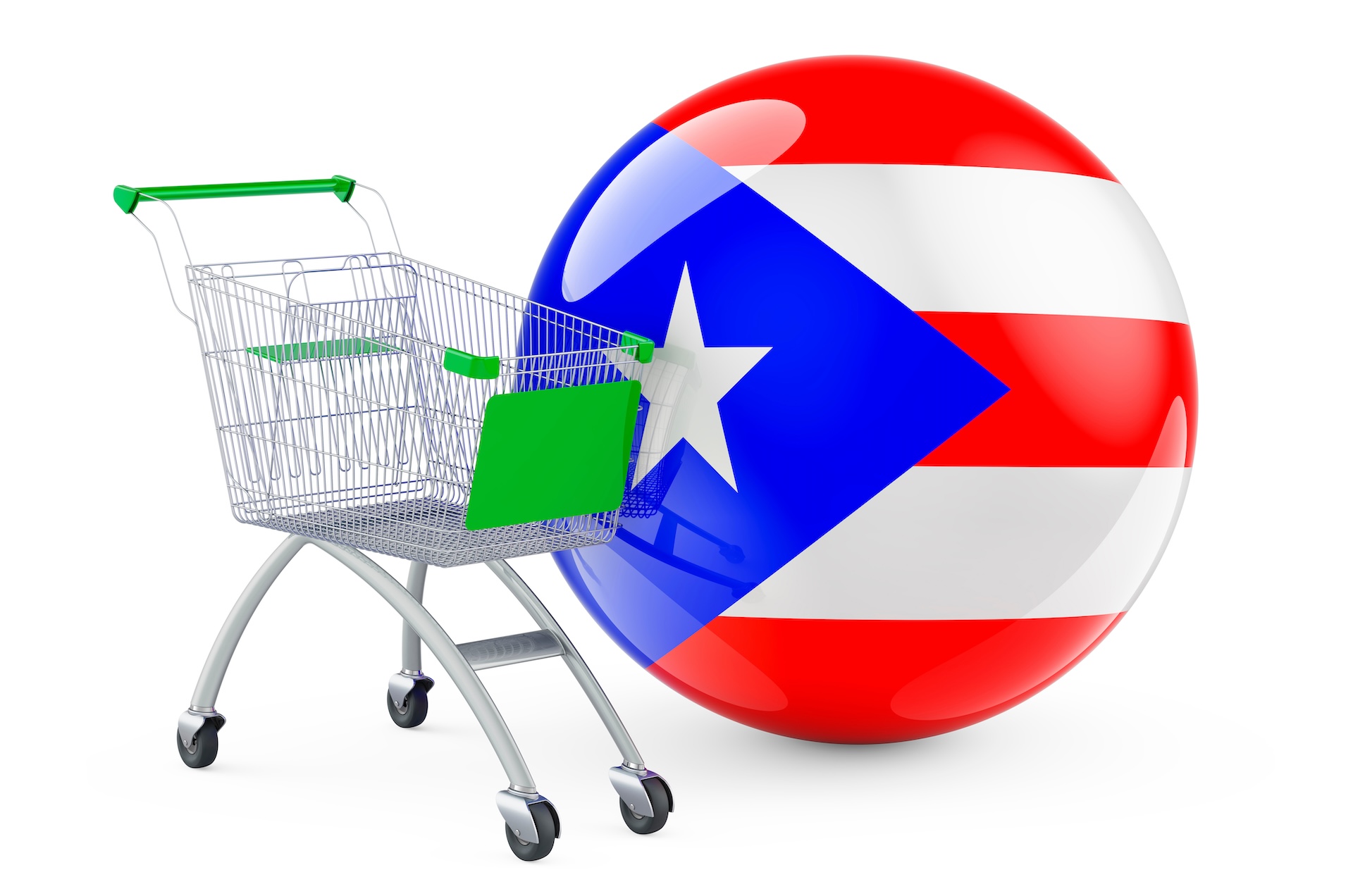Alaska endured a long struggle for statehood from the time legislation was first introduced in Congress in 1916 until January 3, 1959, when it became the 49th State.
An article appearing soon after Alaska’s admittance reflected that the “history of Alaska as a territory is filled with frustrations of the elected delegates to Congress who have sat in the House of Representatives without the right to vote. This has meant almost no representation at all on critical issues where the practical processes of legislation required political power to accomplish governmental action for the constituency.”
When Alaska become a state, its economy was in decline. The military buildup of the 1950s had passed, its fisheries were threatened, and its lack of infrastructure stymied the tourism industry from growing. Yet it didn’t take long for Alaska to realize many economic benefits from statehood. The University of Alaska Institute of Social and Economic Research found that from 1961-1973:
- Production of goods and services increased almost 5 percent a year, higher than the average in the continental United States;
- Employment expanded from 94,320 in 1961 to 127,410 in 1969, more than 26% growth in the 10 years following statehood;
- Gross state product more than doubled from $817 million in 1961 to $1.8 billion in 1969; and
- Population grew by more than 3% per year, double the national average.
Wages and disposable income also grew across all jobs and professions. For the average non-agricultural worker, wages increased 28% from 1961 to 1969. Construction workers earned $11,600 in 1961 and $17,700 in 1969, almost 35% more.
Education also improved. Alaskan school enrollment grew from 46,000 in 1958-1959 to 75,500 ten years later. Fewer than 8,000 students attended high school in 1958-59. By the 1968-1969 term, total enrollment had grown to over 18,000.
Statehood allowed Alaskans to take control over their fisheries, which suffered under distant bureaucratic control when Alaska was a territory and allowed the salmon population to dwindle from over fishing. Salmon runs improved and crab catches doubled every two years in the 1960s, from less than 20 million pounds in 1959 to over 40 million pounds in 1961, and 80 million in 1963.
According to Alaskan Department of Labor and Workforce Development, by the end of the 1970’s, Alaska’s “near complete dependence on the federal government and outside corporate interests had diminished dramatically.” The new state had created a “much sounder economic foundation” and was poised to experience “general prosperity for the next 20 years.”
Today, Alaska’s economy is well established and resilient. Its August unemployment level of 7.8% is slightly lower than the national average. Despite the recent national recession, the State has not experienced double digit unemployment since 1987. Alaska was also one of the healthiest states in terms of mortgage delinquencies throughout the national collapse.
Like Hawaii, Alaska’s economic indicators have improved across the board after being admitted as a State. It took a long time for Alaska to achieve statehood, but when it did, the results were quick and dramatic, and they have been enduring.




Pingback: Sen. Murkowski could move the Puerto Rico statehood bill forward – Respect The Law